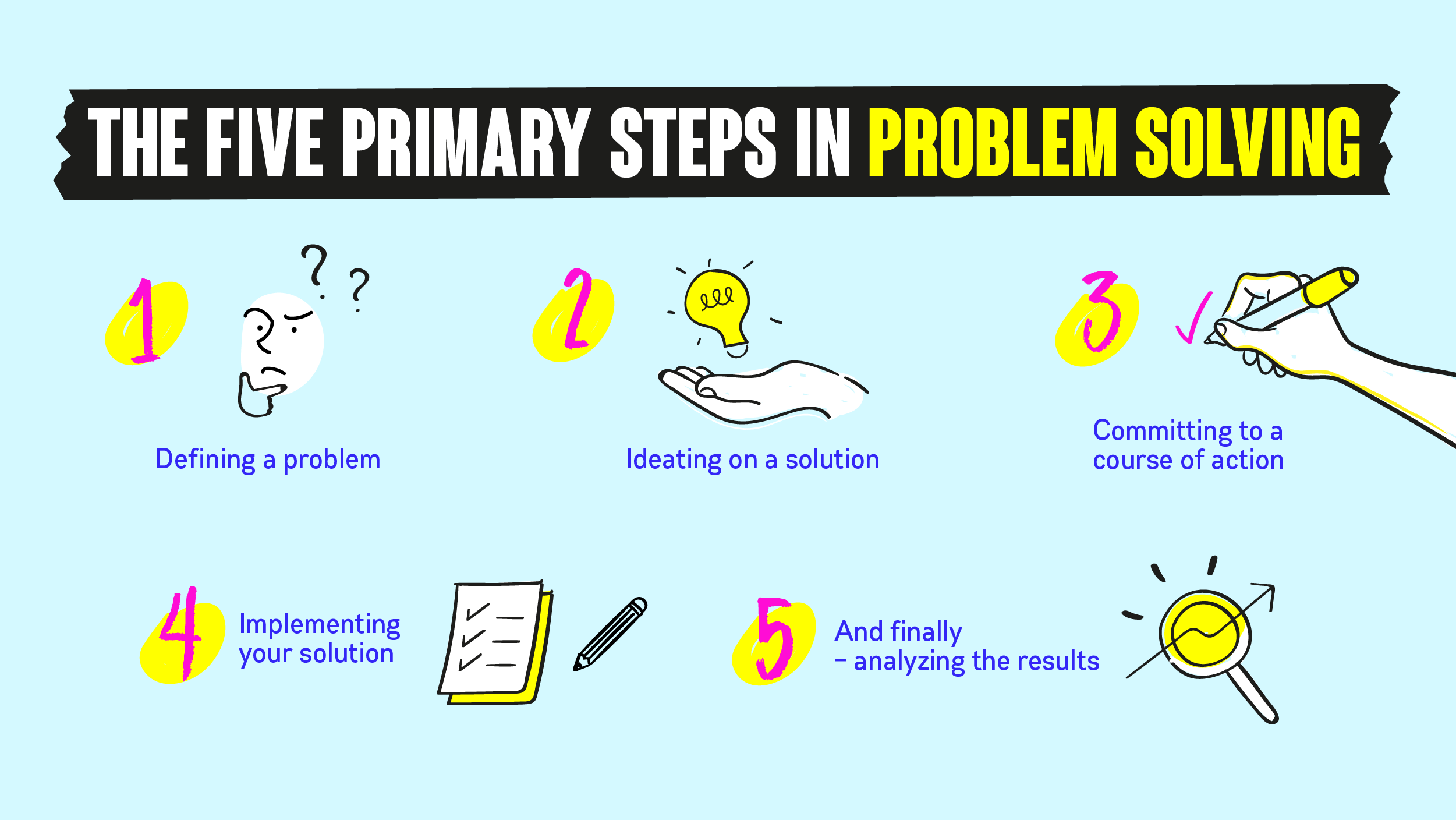Understanding the Importance of a Project Portfolio
For Bachelor of Computer Applications (BCA) students, the importance of a well-structured project portfolio cannot be overstated. A project portfolio serves as a comprehensive showcase of a student’s skills, practical experience, and creativity. It essentially acts as a bridge between theoretical knowledge acquired during studies and the practical application of that knowledge in real-world situations. As such, a well-compiled project portfolio is crucial for demonstrating one’s capabilities to potential employers.
A significant aspect of a project portfolio is its role in enhancing employability. In today’s competitive job market, employers frequently seek candidates who possess not only academic qualifications but also hands-on experience in their field. A BCA student’s portfolio, which contains projects that exhibit various technical and personal skills, can effectively highlight their competencies. By including diverse projects—ranging from software applications to web development and data analytics—students can present a well-rounded profile that showcases their adaptability and expertise.
Moreover, a strong project portfolio distinguishes candidates in a sea of applicants. For instance, consider a student who applies for a software development position. Along with their resume, they present a portfolio full of individual projects that demonstrate their coding skills, problem-solving abilities, and innovation. Employers are more likely to favor applicants who can showcase their work, proving not just their knowledge but also their practical skills. Real-world examples of successful graduates demonstrate how impactful a well-curated portfolio can be in securing job interviews and offers. Ultimately, a project portfolio is more than just a collection of work; it is a vital tool that conveys a student’s journey, abilities, and readiness for the professional world.
Key Components of an Effective BCA Project Portfolio
Building a robust Bachelor of Computer Applications (BCA) project portfolio is essential for showcasing your skills and experience. A well-structured portfolio not only highlights your technical abilities but also reflects your creativity and professionalism. To create an effective BCA project portfolio, several key components should be included.
First and foremost, a personal statement is crucial. This statement serves as an introduction to who you are as a computing professional, illustrating your motivations, goals, and aspirations within the field. It gives potential employers or academic reviewers insight into your journey, helping them understand the passion that drives your work. Make sure to keep this section concise yet impactful.
More
Next, project descriptions play a vital role in your portfolio. Each project should be detailed with a clear overview, objectives, technologies used, and your specific contributions. This not only shows your technical proficiencies but also reflects your problem-solving skills. Utilize bullet points for clarity and to enhance readability, allowing the viewer to quickly grasp the essential elements of each project.
Another crucial aspect is showcasing technical proficiencies. This can be done through well-organized listings of languages, tools, and frameworks that you are adept in. It’s advisable to align these skills with the projects you have completed to demonstrate practical application of your knowledge.
Supporting materials significantly enhance your portfolio’s credibility. Integrating screenshots, code snippets, and user feedback can provide tangible evidence of your accomplishments and the results of your efforts. Visual elements capture attention, while feedback offers insights into how your work has been received by others.
Finally, organization is key to creating a visually appealing and informative portfolio. Ensure that components are well-structured, using headings and subheadings for navigation. A cohesive aesthetic will make your portfolio more inviting and easy to explore, reflecting your attention to detail—a critical quality in the tech industry.

Selecting and Showcasing Relevant Projects
Building a compelling Bachelor of Computer Applications (BCA) project portfolio requires careful curation of projects that not only reflect your technical skills but also demonstrate your ability to tackle diverse challenges. When selecting projects for your portfolio, it is crucial to showcase a well-rounded set of works encompassing both front-end and back-end development. This approach provides potential employers or evaluators with insight into your comprehensive skill set within the field of computer applications.
Begin by identifying projects that exhibit a variety of programming languages, frameworks, and tools. For example, including a project that utilizes JavaScript frameworks for front-end development alongside another that employs back-end technologies like Node.js or Python indicates versatility. By opting for different project types—such as web applications, mobile apps, or software solutions—you demonstrate not only your adaptability but also your willingness to learn and grow within the industry.
More
Once you have selected the relevant projects, focus on effective presentation. Start with writing clear, engaging descriptions that succinctly outline the project’s purpose, your role in its development, and the technologies utilized. Be specific about your contributions; for instance, if you were responsible for designing the user interface or implementing specific functionalities, articulate this in a way that highlights your input and expertise. Additionally, discussing challenges faced during the project and how you overcame them can offer great insight into your problem-solving abilities and resilience.
Incorporating visuals, such as screenshots or demo links, can further enhance the appeal of your portfolio. These elements not only break up the text but also provide tangible evidence of your work. Remember that clarity and organization are key; ensure that each project is neatly categorized, prioritizing the ones that best reflect your skills and passions. By thoughtfully selecting and presenting your projects, you can create a powerful portfolio that truly represents your capabilities as a BCA graduate.
Best Practices for Maintaining and Updating Your Portfolio
Maintaining and updating a project portfolio is crucial for individuals pursuing a career in Business and Computer Applications (BCA). An updated portfolio not only reflects your current skill set but also demonstrates your commitment to professional growth. Regularly revisiting your portfolio allows you to showcase new projects, acquired skills, and creative solutions to complex problems, making it relevant to potential employers.
One effective practice is to set a specific schedule for portfolio reviews. This could be on a monthly or quarterly basis, where you assess what new projects or skills you have developed since your last update. It is beneficial to incorporate feedback from peers, mentors, or industry professionals during these reviews, as they can provide insights into how your work can be improved or effectively presented. Engaging in discussions about your projects can also open doors for collaborative opportunities, which is an added advantage.
Moreover, building a strong online presence is increasingly important in today’s job market. Utilizing professional platforms such as LinkedIn, GitHub, or dedicated portfolio sites can enhance your visibility. Sharing your portfolio and relevant projects with your network not only showcases your work but may also lead to potential job offers or collaboration opportunities. Ensure that your online profiles reflect your latest work and skills accurately.
Additionally, consider actively seeking out ongoing projects, internships, and contributions to open-source projects. These experiences are valuable additions to your portfolio, illustrating your ability to work in diverse environments and tackle real-world problems. By continuously engaging in such projects, you are demonstrating a growth mindset, which is highly valued by employers.
Conclusion
In conclusion, the maintenance and updating of your BCA project portfolio are essential for career development. By incorporating new skills, gathering feedback, enhancing online visibility, and pursuing additional projects, you can ensure your portfolio remains a powerful tool for professional advancement.
Read Our Latest Blog
A Complete Guide to BCA Course Structure and Syllabus
Phone Number: +91-7488456170
Email ID: abhishek@eepl.me
Our Platforms:
Digilearn Cloud
EEPL Test
Live Emancipation
Follow Us on Social Media:
Instagram – EEPL Classroom
Facebook – EEPL Classroom
Stay connected and keep learning with EEPL Classroom !












